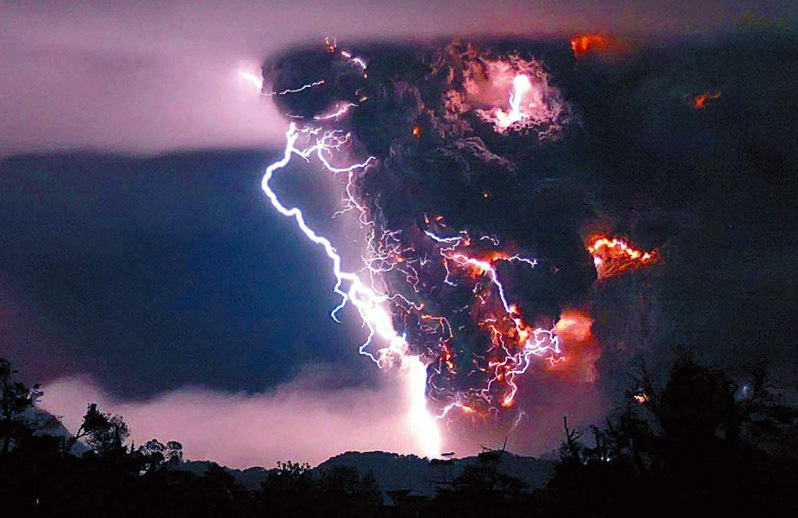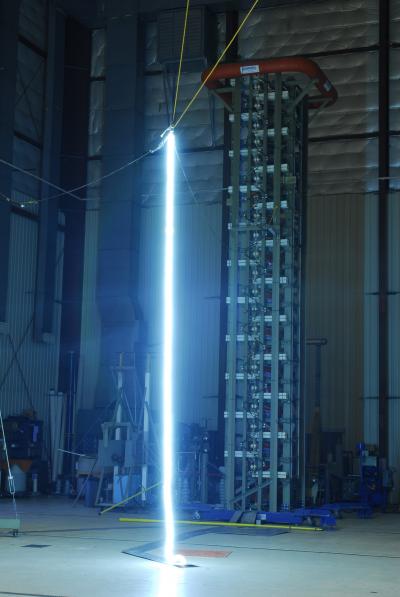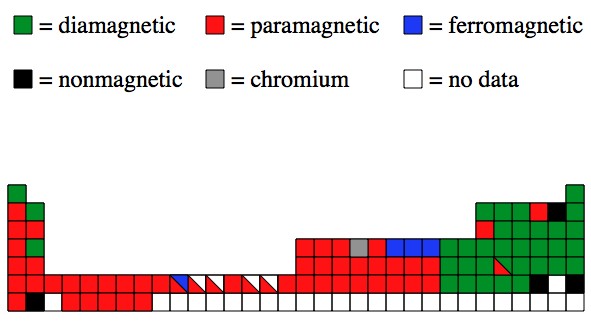Physicist: In terms of things like space travel, the difference between 100mph and light speed is academic. Everything out there is really far apart. The speed of light, “C”, is woven into the laws of the universe from top to bottom, mostly in the context of electro-magnetism. Changing the speed of light would have profound effects on chemistry and the fundamental forces.
But those changes are boring. What’s more interesting is the effects that special relativity would have on every day life.
For what follows, the speed of light is now C = 100 mph (161 km/h for our Canadian or otherwise foreign readers).

"Gamma" is a measure of how much velocity dilates time and shrinks distances. Most of the action happens beyond 90% of C.
Movement? Nopers: If you’ve taken intro physics you may have learned that the kinetic energy of an object is . But this is just a low-velocity approximation of the true equation (found by Einstein), which is
.
The first term is the famous rest mass energy (E=mc2), the second term is the regular kinetic energy, and the third, fourth, fifth (and so on) terms are only important when the velocity is a substantial fraction of light speed (so Newton can be forgiven for getting this one wrong). But if C=100mph, then suddenly those later terms become important even at low speeds, and you’ll find that moving as fast as 0.01mph would require something like a rocket or a nuclear-powered car.
But that’s boring, so let’s pretend that it isn’t the case.
No long range communication: 100mph is about 45m/s, so having a conversation with someone who isn’t close at hand will result in really annoying delays. It would be like those satellite interviews, only in person. To send a message to someone on the other side of the world would take at least 5 days and 4 hours at the speed of light.
I’m ignoring the effects, by the way, of the Earth rotating at about 1,000 mph (at the equator).
Leave your watch at home: The act of walking around would cause you to lose about half a second for every mile you walk, which isn’t to bad. But if you started moving around in a car at highway speeds (65 mph), then you could expect to lose about 17 seconds for every mile you travel.
“Super Speed”: One of the slick things about traveling at relativistic speeds is that, although you can only pass things at up to 100mph, you can actually cover more distance than the 100mph speed limit might imply. There are two ways to look at this.
From your point of view the world around you undergoes length-contraction. So, for example, at about 87mph you would see the world contracted by a factor of 2. So while you’d see things pass by at 87mph, you’d be eating up distance as though you were traveling at 174mph (2 x 87mph).
From everyone else’s point of view, you’re traveling through time slower. At 87mph they’d see your watch ticking at half the usual rate, so the trip will only take half the time it should.
Pretty colors: Even at running speed there would be enough relativistic doppler shift to change the colors around you. If you were driving past a yellow field of grain, it would appear blue in front of you and fade to deep red as it passed behind you.
There are just a hell of a lot of other effects, so if you’re wondering about any of them, just ask in the comments.










